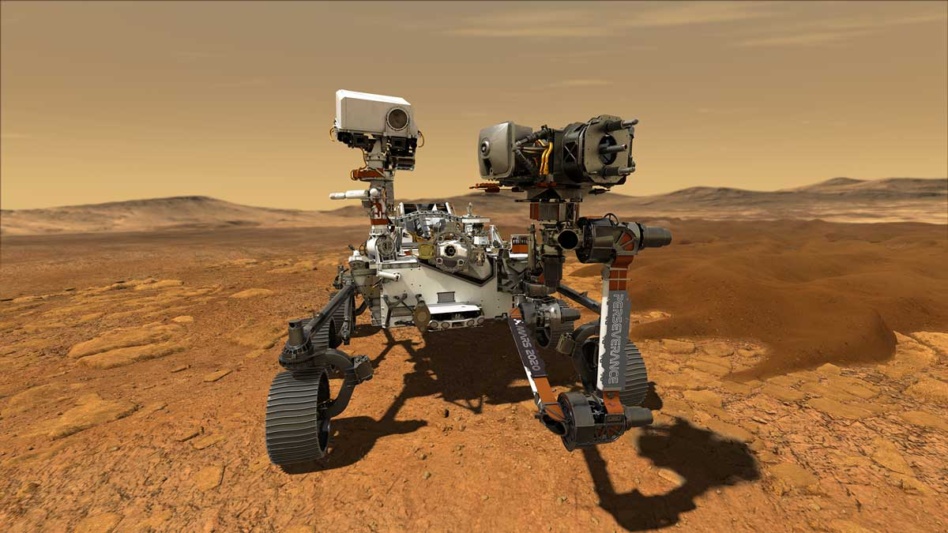The fate of Mars Sample Return is in industry’s hands.
NASA officially revealed yesterday that its original plan for returning samples from Mars isn’t going to work out. The $11B projected cost is too steep for Congress in an era of budget cuts, and the 2040 targeted return is too late. (According to NASA Administrator Bill Nelson, the US wants to be focused on sending astronauts to Mars by then.)
Still, returning samples from Mars remains a key scientific priority for NASA, so the agency is turning to the commercial sector to figure out a cheaper and faster way to make it happen. The agency plans to issue a request for information (RFI) to industry today, soliciting reconfigured mission architectures that could fit within the agency’s new constraints.
“I’m expecting to get everybody in high gear, and we have the answers to this by next fall,” Nelson said.
A tumultuous path: The Perseverance rover has been doing its job for the last three years, collecting samples on the Red Planet for future retrieval. Over the last several years, Congress has provided $1.74B to MSR as NASA has worked out a plan to get those tubes of Martian rock back to Earth.
Last year, NASA opted to pause its preexisting mission architecture due to concerns raised by an independent review board and tepid budgetary support from Congress.
MSR: The Next Generation: The agency requested $200M in FY25 to support efforts to refresh Mars Sample Return, per Nicola Fox, head of NASA’s Science Mission Directorate.
- That’s more than the $0 initially requested, but still puts strict limits on what the program will be able to accomplish.
- NASA was given leeway in its FY24 allocation to dedicate $300M–$949M to MSR, and it’s opted to spend $310M on the program this fiscal year.
“I am very hopeful that when we get around to the appropriations on the fiscal year ‘26 budget we won’t be under those constraints,” Nelson said.
The specifics of the agency’s ask from industry were left relatively vague. NASA won’t mandate a specific price cap, timeline, or architecture for the mission. Based on the proposals received under the RFI, NASA will fund a handful of studies.
It’s not clear who might submit a proposal to bring the samples home. No commercial company has ever conducted an interplanetary mission.
“What we’re hoping is that we will be able to get back to some more traditional, tried-and-true architectures,” Fox said. “Anything requiring huge leaps in technology usually, from experience, takes a lot of time.”




